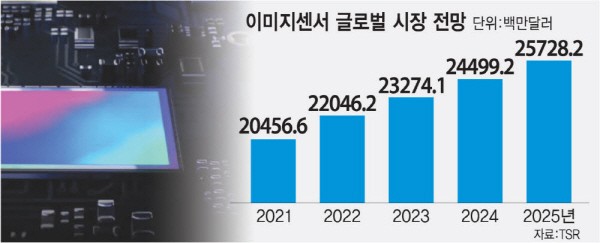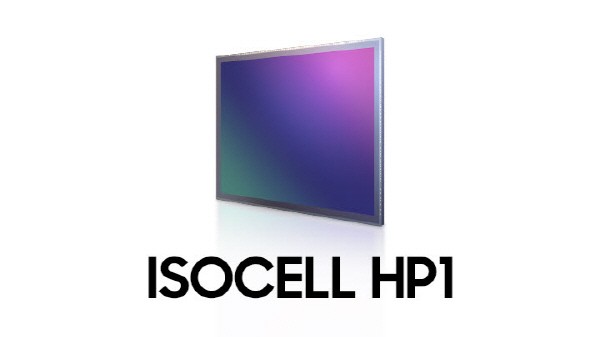Samsung expanded market share last year
50 million pixel price reduction effect is big
Flexible operation of image sensor production line
System semiconductor key weapon for plan


Samsung Electronics' image sensor sales increased. Sony is chasing to become the market leader, by diversifying products and applying new technologies. According to market research firm TSR, Sony's market share, which ranks first in global image sensor sales, fell slightly. On the other hand, latecomers such as Samsung Electronics and OmniVision succeeded in increasing their market share. In 2021, Sony's image sensors were estimated to have a market share of 43% with sales of 8.7987 billion dollars. Down 1.3% compared to the previous year.
Samsung Electronics took second place with 19.7%, and OmniVision took third place with 14.1%. They achieved a slight increase of 0.8% and 2%, respectively, compared to the previous year. Closing the gap with the leading rank.
Samsung Electronics' market share expansion is due to increased price competitiveness and increased sales centered around mid-to-low-end smartphones. Analysis suggests that Samsung Electronics cut costs by upgrading their image sensor packaging technology. Counterpoint analyzed that the price reduction of the 50-megapixel image sensor released by Samsung Electronics last year was the driving force for the growth. According to analysts, it opened a market for the high-pixel image sensors for less than $5. Through this, not only Samsung Electronics' mid-to-low-end smartphones but also smartphones such as Vivo, Oppo, and Xiaomi are equipped with the aforementioned image sensor.
The industry predicts that other than 50 million pixels, ultra-high-pixel products with more than 100 million pixels will be applied to various mid-to-low-end smartphones. "Image sensors for high-definition pixels in South Korea and China are expected to continue," Samsung Electronics said in a conference call for its first-quarter earnings announcement. "We plan to supply 100 million to 200 million pixel sensors that are leading in technology without any major disruptions to customer requests."
Samsung Electronics is also operating its image sensor production line flexibly. Samsung Electronics plans to respond to market demand by converting their Hwaseong Line 11 from DRAM to image sensor. Through this, Samsung Electronics' are planning to use the image sensor as a key weapon for system semiconductors. Since the amount of smartphones with premium application processor (AP) fell short of market expectations, they are expected to make up for its earnings by expanding the image sensor business.
"Samsung Electronics is trying to increase its share of the image sensor business this year as it diversifies its portfolio of system semiconductor products," a semiconductor industry source said. "Investment in facilities to produce image sensors will also expand," he added.
By Staff Reporter Dong-jun Kwon djkwon@etnews.com